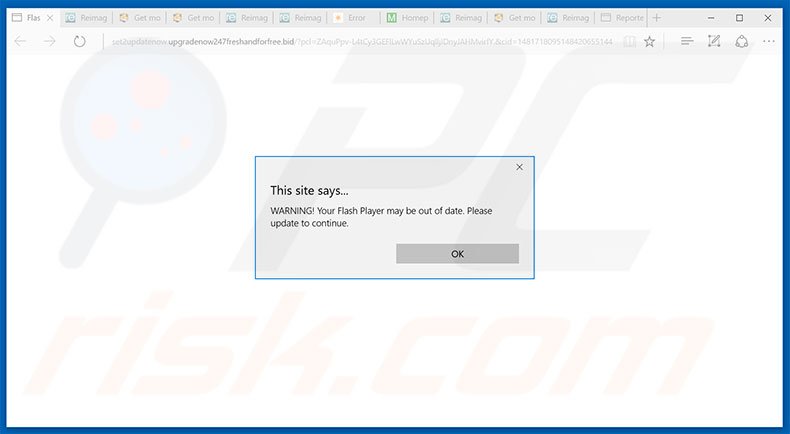

- ADOBE UPDATE MALWARE 2016 HOW TO
- ADOBE UPDATE MALWARE 2016 PATCH
- ADOBE UPDATE MALWARE 2016 ANDROID
- ADOBE UPDATE MALWARE 2016 SOFTWARE
Once the links are opened by the would-be victim, a message pops up stating the Android gadget’s Flash Player is outdated and it requires an update. Embedded within the affected apps are URL links that are planted with the fake Flash Player update. This is how Marcher does its latest wave of infection. Thankfully, all of the infected apps come from third-party sources and are not available in the Google Play store. The latest ruse was discovered by Zscaler security researchers and they reported that the technique uses adult content links and the excitement surrounding new mobile games to trick users into downloading the fake Flash Player update. As you may very well know, Flash Player is a widely used video playback plugin that is still used by many websites. This time, it is assuming the form of a fake Flash Player update.
ADOBE UPDATE MALWARE 2016 SOFTWARE
The malicious Android software is nicknamed Marcher and it is extremely devious since it tricks users into relinquishing credentials and credit card information by overlaying real applications with fake mobile phishing pages resembling the real thing. It’s the latest variant of a long line of disguises this tricky Android malware has assumed since it was discovered in 2013.

In one document leaked from Hacking Team, which listed a number of nations as either “active” or “expired” clients, Sudan and Russia were both marked out as “not officially supported”.The foremost Android malware has evolved yet again and this time it is masquerading as another update for a plugin that is still widely used to this day. She also asked the commission whether it knew of “any prior authorisation given by the Italian authorities that would allow Hacking Team to export its products to Sudan or Russia”, and whether or not the company asked the commission explicitly about export controls to those two countries. Schaake asked of the commission whether it believed that the company “has violated EU sanctions regimes”. The documents suggest that two of Hacking Team’s clients include Russia and Sudan, two countries covered by EU sanctions. Meanwhile, Dutch MEP Marietje Schaake has asked pointed questions in the European parliament about the revelations contained within the Hacking Team data dump.
ADOBE UPDATE MALWARE 2016 PATCH
Until the Adobe Flash patch is published, web users should be wary of visiting untrusted websites, and may want to enable “ click to play” to prevent untrusted Flash files from activating.
ADOBE UPDATE MALWARE 2016 HOW TO
The new vulnerabilities were even accompanied by readme files, intended for internal use at Hacking Team to explain how to deploy them, which likely further reduced the time until the virus authors were able to use them in their own software. Known as “zero-day” vulnerabilities – because the affected companies have had zero days to release a patch – they are now being used by the wider community of malware authors, as well as Hacking Team itself. While many of the security holes used in the company’s “remote control service” (the name for its hacking software) were already publicly known and patched, there were a few vulnerabilities the company had managed to keep secret. The initial effect of the leak was an embarrassing number of revelations about the actions and clients of the firm, which largely provides software for law enforcement and national security to hack into the computers and mobile devices of targets.īut the leak also included the code for much of the company’s hacking software, and now virus writers are incorporating the code into their own malware. The Hacking Team hack, which saw a BitTorrent file of the massive data dump posted to the company’s public twitter feed, contained emails, presentations and source code for its software. And, sure enough, it appears that virus writers are already using the security flaw to deliver cryptolocker software, which encrypts a users’ data and demands payment to unlock it, on to unsuspecting computers. Symantec warned on Tuesday that “it can be expected that groups of attackers will rush to incorporate it into exploit kits before a patch is published by Adobe”.


 0 kommentar(er)
0 kommentar(er)
